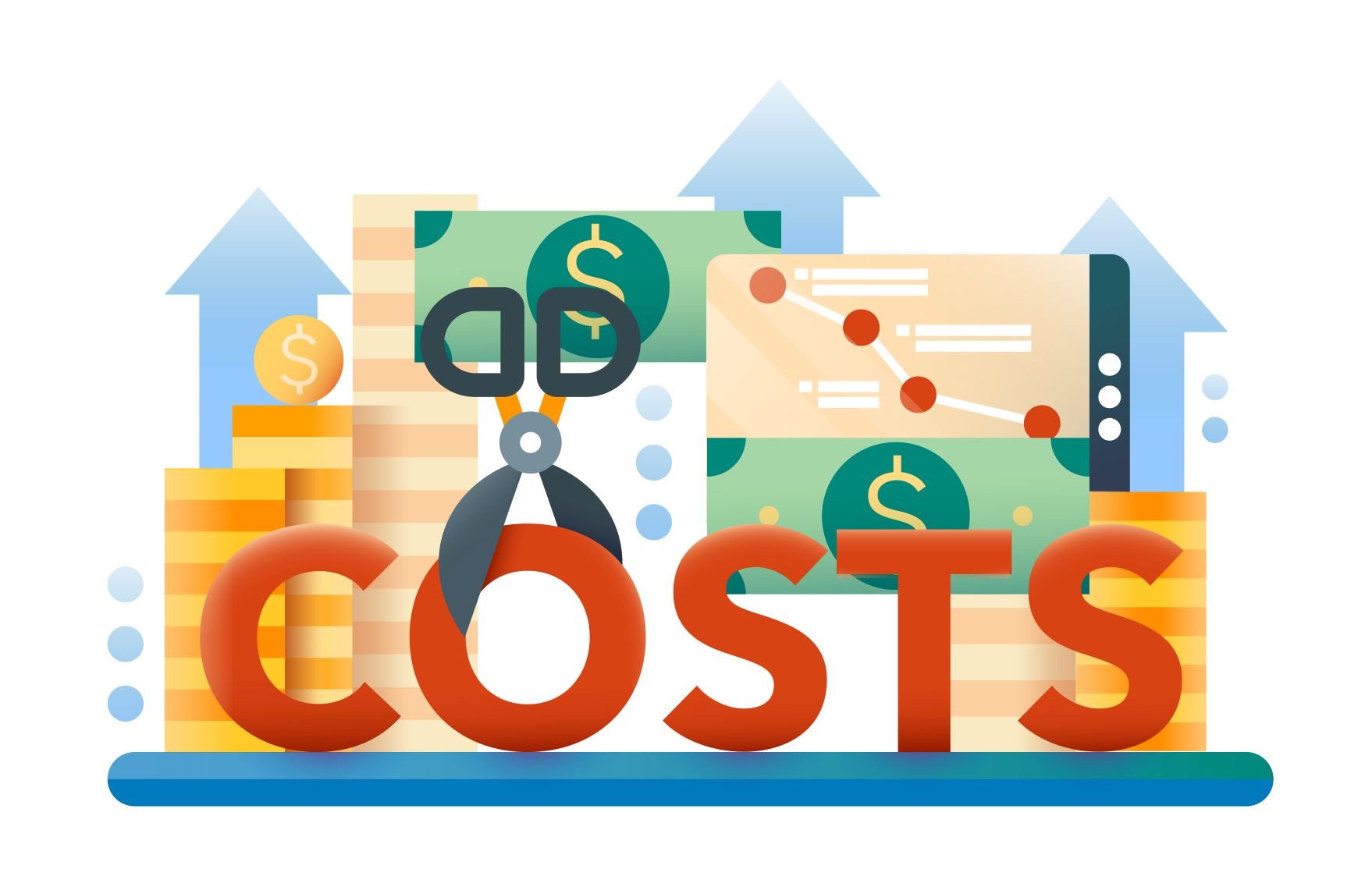Beware of Cost Cutting without a Customer-Focused Strategy


By Edward Bray & Mike Bergthold
The movie Singles brought us this oh-so quotable line: “Desperation…it’s the world’s worst cologne.” Turns out, it’s true for business too.
Indiscriminate, across-the-board cost reductions are highly visible acts of desperation that send exactly the wrong message to employees, competitors and customers.
Cost-cutting before reassessing strategy is like taking heavy objects out of a car because the tires are losing air. Increasing sales before reassessing strategy is like putting air in those tires without fixing the leaks!
Undertaking even a minor restructuring or reorganization without a deep understanding of how customers drive expenses invariably leads to two things: ineffective cost-cutting and additional, less profitable revenue. Companies rarely cost cut their way to even short-term success; they simply start a vicious cycle.
What really happens
Companies face increased pricing and profit margin pressure for myriad, neverending reasons. Faced with pressure to improve the bottom line, companies
typically cut costs based on high-level expense reductions, for example, 10 percent of headcount, production line XYZ or 15 percent of corporate overhead.
While this non-strategic cost-cutting may work briefly, continuing this tactic impacts the quality delivered to the best customers and affects employee morale.
Competitors easily match cost-cutting measures. Margin pressure and customer demands continue to escalate while the organization reduces the resources
available to serve customers.
Revenue quality deteriorates further because good customers want to pay less as the company continues to erode quality through cost-cutting. Cost-cutting
enables the sales team to increase revenue by offering lower prices that typically attract new, marginally profitable customers who are non-strategic and difficult to
serve, which drives costs higher!
Business manager beware, turning your profitability improvement initiative into a vicious cycle with a round of homogenous cost-cutting and simultaneous sales
promotions may be turning a vicious cycle into a cyclone.
Understand 80/20 and end the vicious cycle
In every organization, roughly 20 percent of the revenue creates 80 percent of the profit. The corollary is that the 10-20 percent most unprofitable customers
drive a disproportionate amount of expenses. Once unprofitable customers (or customer segments) are identified, a company can take deliberate and focused
actions to cut costs with confidence knowing the costs they cut aren’t dedicated to serving profitable customers. The real win is that the remaining resources can
then be focused on the most profitable customers.
Segmenting customers and properly assessing their profitability is far more challenging than generic cost-cutting. It involves analysis far beyond normal
techniques – a dive into the numbers and business processes that enable companies to understand the financial complexities inherent in serving different
customers. Like the difference between x-ray and MRI, understanding 80/20 delivers a view of the problem from a very different perspective.
Even with a rapidly changing customer base, businesses can thrive if they can establish close customer relationships. Establishing and maintaining those
relationships can only happen when a company has a deep understanding of underlying business dynamics, which means, at the very least, spending time
finding out what your customers consider to be valuable and what they do not.
Results validate the extra effort
Companies with this competence perform on a level unmatched by peers. Tangible results include fewer competitive bid situations, higher growth rates,
lower customer turnover, higher margins, and better morale. And when these companies do cut costs it starts at the customer level (sales) and progresses all
the way to the bottom line.
No single analytic strategy will provide all the answers, but a comprehensive business efficiency study can reveal operational and tactical tools that can
maximize profits for a company. Intense customer focus should be the foundation of any strategic initiative. Cost-cutting (and any other major initiatives) will only be successful when prefaced and supported by a customer-driven strategy.
As Charles Darwin said, “It is not the strongest of the species that survives, nor the most intelligent that survives. It is the one that is the most adaptable to
change.”
This article was previously published in the San Diego Daily Transcript by Edward Bray & Mike Bergthold while with the Odyssey Capital Group.
DISCLAIMER – Due to the daily changing environment and guidelines being provided by the government, this information could be outdated. Please contact our office for the latest updates and guidelines. Optima Office is not responsible for any actions taken due to the information provided. The information provided here is for instructional purposes and does not represent legal advice being given by Optima Office.
reblmarketing.com
Related Posts


Smart Strategies for Delivering 5-Star Customer Service
Jun 7, 2022 6:16:09 AMBy: reblmarketing.com
Every customer deserves the highest-quality service. Here's how to give it.

Optima Office Case Study: Cutting Bad Clients can Increase Profits
Jun 7, 2022 6:17:13 AMBy: reblmarketing.com
[su_youtube url="https://www.youtube.com/watch?v=UwB8sdKwLi8"]

Outsourced Accounting and HR Services
Connect With Us
Headquarters
Hours of Operation
Monday - Friday
8am to 5pm


